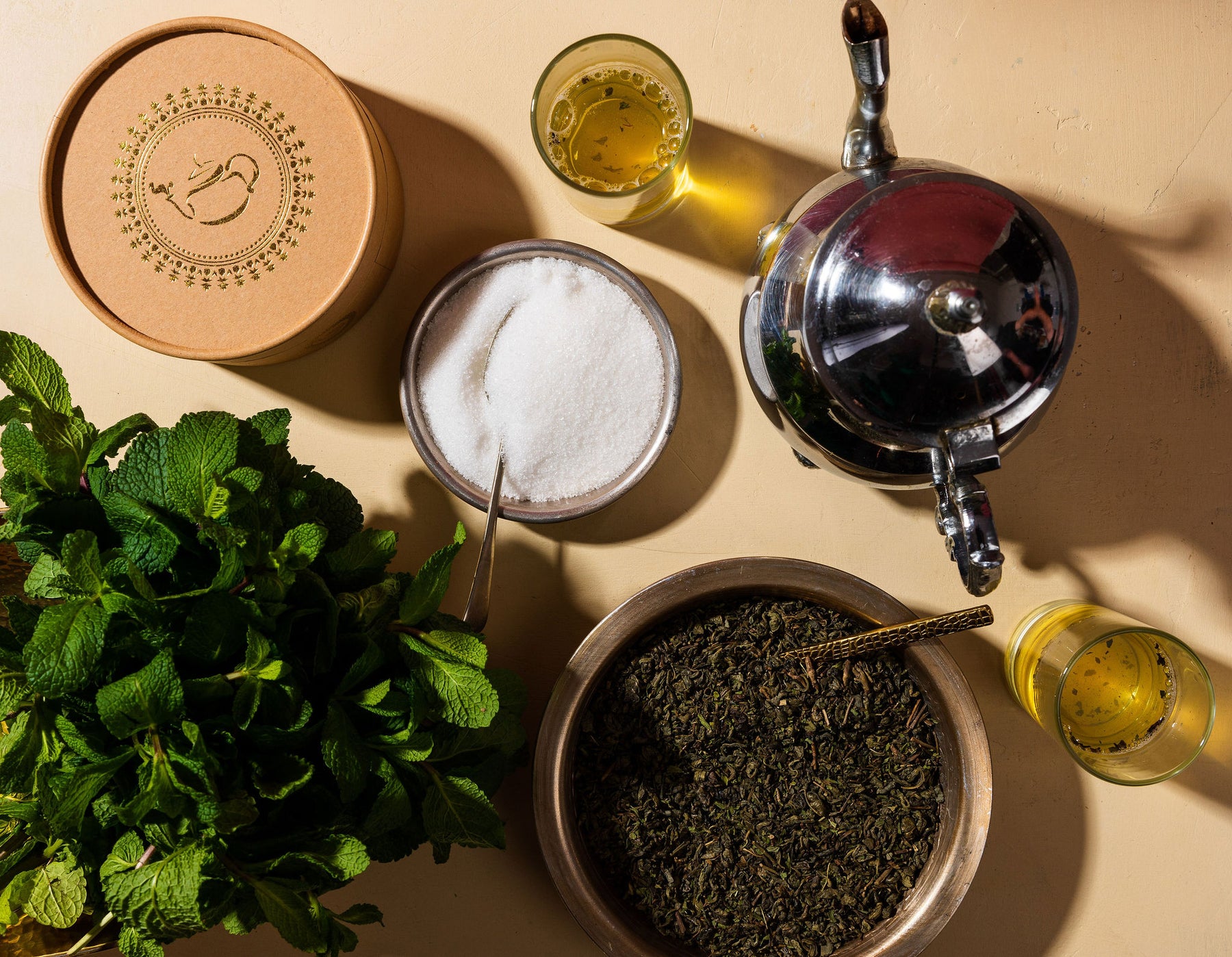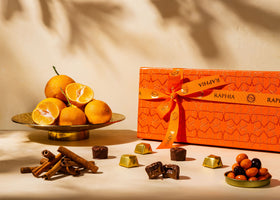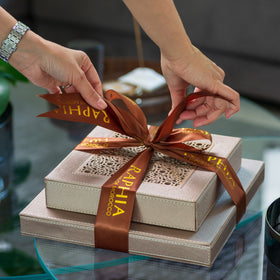
The Timeless Tradition of Moroccan Tea Culture
Tea, called athay in Morocco, is a central part of Moroccan culture and cuisine, but how tea was introduced to the country that keeps it so close to its heart is somewhat of a mystery.
It could have been through the Phoenicians, who settled in the north of Morocco for over 800 years from the 12th century BC. The Berbers, after moving from their home in Asia, could also have been the ones to bring tea to Morocco. Or, perhaps Spain and Portugal introduced the drink through their attempts to conquer the country. Even 18th century Britain could have offered tea as a gift to Morocco, starting its centuries-old tradition of tea drinking that is a true staple of Moroccan life and identity. With no tea being grown in Morocco, the country has become one of the biggest importers of tea in the world, and with the amount of tea imported from China growing every year, it is clear how deep this time-honoured love for tea runs in Moroccan culture.
No matter what the story is, the importance of tea in Morocco, most notably Maghrebi mint tea, can’t be overstated. Taken at any time of day and rounding off a multitude of meals, every cup holds symbolic value and speaks volumes about the generosity and hospitality of the Moroccan people.
As a result, tea drinking in Morocco can be a real event, with incense lit to refresh the air and music played to fully immerse drinkers in the moment. The hands can even be washed in orange blossom water before taking a sip, so that the body can truly absorb the authentic taste of a soothing, frothy glass of hot Moroccan tea.
Traditionally, the ingredients that make up Moroccan tea are sugar, water, a generous and fragrant bunch of fresh mint, and gunpowder tea, a type of tightly rolled Chinese green tea that expands as it is introduced to water.
However, in the colder months, absinthe leaves, sage, verbena, and marjoram can all be a part of a glass of golden Moroccan tea, sometimes finished with dazzling orange blossoms gliding amongst the characteristic froth.
Prepared on a silver tray with an elegant, effusive silver teapot, traditional Moroccan tea is served in a glass, and every step before serving to elevate the taste of the tea. It is a process that can never be rushed, with a sense of patient ceremony throughout.
After warming the teapot with boiling water, gunpowder tea is added to the pot and left to rest. After its flavour has been released, the tea is poured into a glass for the first time. This first pour is called the spirit of the tea. This releases the first pop of flavour from the tea leaves, which is then poured back into the teapot.
Also Read- It’s wedding season. Moroccan style.
This routine can be repeated numerous times to perfectly mix the ingredients for a sweet and minty flavour. It is then finally served from a height and can be a truly theatrical part of the tea ceremony, with artful skill required that never ceases to impress those guests being served. Pouring the tea from a height is thought to cool the tea, aerate the water through the bubbles after pouring, or give the tea texture through the little bubbles that characterise each sip.
As a guest in Morocco, there will always be a glass of sweet, honey-hued Moroccan tea nearby. Whether it is to begin, accompany, or finish a meal, act as a gesture of friendship and hospitality, or stand as an honoured way of extending welcome, in Moroccan culture, there is always time for tea.




Leave a comment